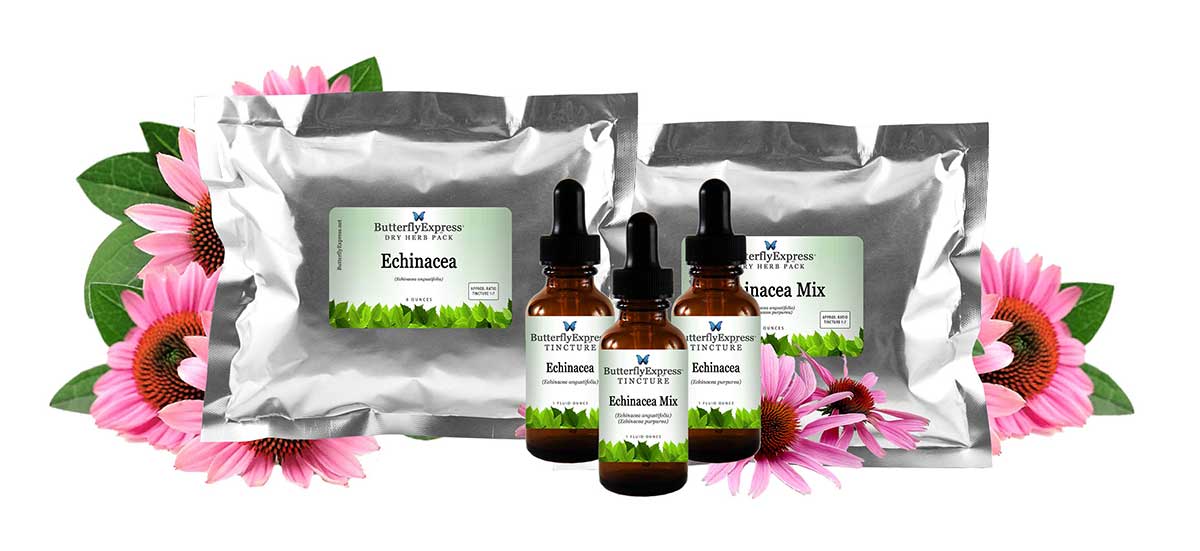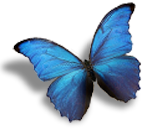|
Echinacea Angustifolia and Purpurea Echinacea angustifolia-Echinacea purpurea Now here is confusion! Some sources claim that angustifolia has been shown in studies to be the strongest medicinally of these two plants, while other sources claim that purpurea is “arguably the most extensively studied of all species of Echinacea.” Traditional native American Indian uses are cited for both of these plants, and the properties touted are very much the same one to another. I live in Idaho in the heart of Shoshone, Bannock, and Blackfoot tribal country, and I have never come across the angustifolia variety in my area although the purpurea variety is plentiful. Having been unable to make a clear distinction between the two species, I have opted to put equal amounts of each in the combinations that I have designed. Given a choice of only one or the other, I would have to go with purpurea, since I believe that for the most part the herbs that grow in your area, which survive or thrive on the same things you do, will be the most potent and beneficial to you from day to day. PART USED: Root PROPERTIES: Tonic, Stimulant, Alterative (blood purifier), Adaptogenic, Astringent, Carminative SYSTEMS AFFECTED: Immune, Endocrine/Glandular, Lymphatic, Integumentary (wounds) POSSIBLE USES: acne, Crohn’s disease, gingivitis, immune and glandular support, wound healing including burns, abscesses INGREDIENT IN: BAC, BRON, CAN, CF, FN, HP, IB, IF, LT, PRT, SS, Super C, TRT Michael T. Murray, in his book The Healing Power of Herbs, does a marvelous treatise on the seven most important constituents of plants from the Echinacea group. He includes in his research both angustifolia and purpurea along with others that I have never heard of. I would highly recommend this chapter and the entire book. It describes only a small group of herbs but it is both thorough and scientific. Murray credits Echinacea with high concentration of compounds (polysaccharides) which have significant immunostimulant and anti-inflammatory properties. He quotes a study done by Gerhard Madaus in Germany in 1932 where it was demonstrated that the fresh juice of the aerial portion of Echinacea purpurea had significant immune-enhancing properties. This study was followed by the development of commercial products and a great deal of further research and study. Echinacea, according to modern research, has been found to contain interferon-like properties. Interferon is produced naturally in the body to prevent viral infections and to combat strep and staph bacteria. Echinacea has been used for decades by alternative medicine practitioners in fighting the spread of infectious diseases. It is nice to finally have research to support this. Echinacea is equivalent to Red Clover as a blood purifier. It should be used in the treatment of chemical toxin poisoning, candida, fungal infections, ulcers, and in clearing the lymph glands. Michael T. Murray discusses other aspects of the healing properties of Echinacea, giving understandable scientific explanations and quoting research where applicable and where he could find it. Murray gives Echinacea credit for tissue regeneration abilities, anti-inflammatory properties, antiviral, antibacterial, and anti-cancer properties. He goes into great detail about the immunostimulant properties and gives connections between plant components and their action in the body with an explanation of their effects on white blood cells, lymphocytes, and macrophages. An explanation that I found fascinating about one phase of the immune system is quoted below: “Echinacea exerts many “nonspecific” effects on the immune system. For example, inulin, the major component in the root of Echinacea, activates a part of the immune system known as the alternate complement pathway. As a result, the movement of white blood cells into areas of infection is enhanced; immune complexes solubilize; and bacteria, viruses, and other microorganisms are destroyed. Echinacea also increases the levels of properdin, a serum protein that stimulates the alternate complement pathway.” Echinacea contains vitamins A, C, and E (this is somewhat unusual in herbs), calcium, iron, iodine (making it a great thyroid herb), potassium, and sulfur. Echinacea is also an excellent herb to use in the recovery stage of an illness, especially since we can no longer obtain that wonderful herb Ma Huang. Echinacea is particularly useful in wound healing. Echinacea was considered in some tribal traditions to be an antidote for snake bites. ©Copyright Butterfly Expressions 2020, 2024 |

Purchase Echinacea Products Here |

- Butterfly Expressions LLC
- Empowering Yourself
- OFFICIAL SITE